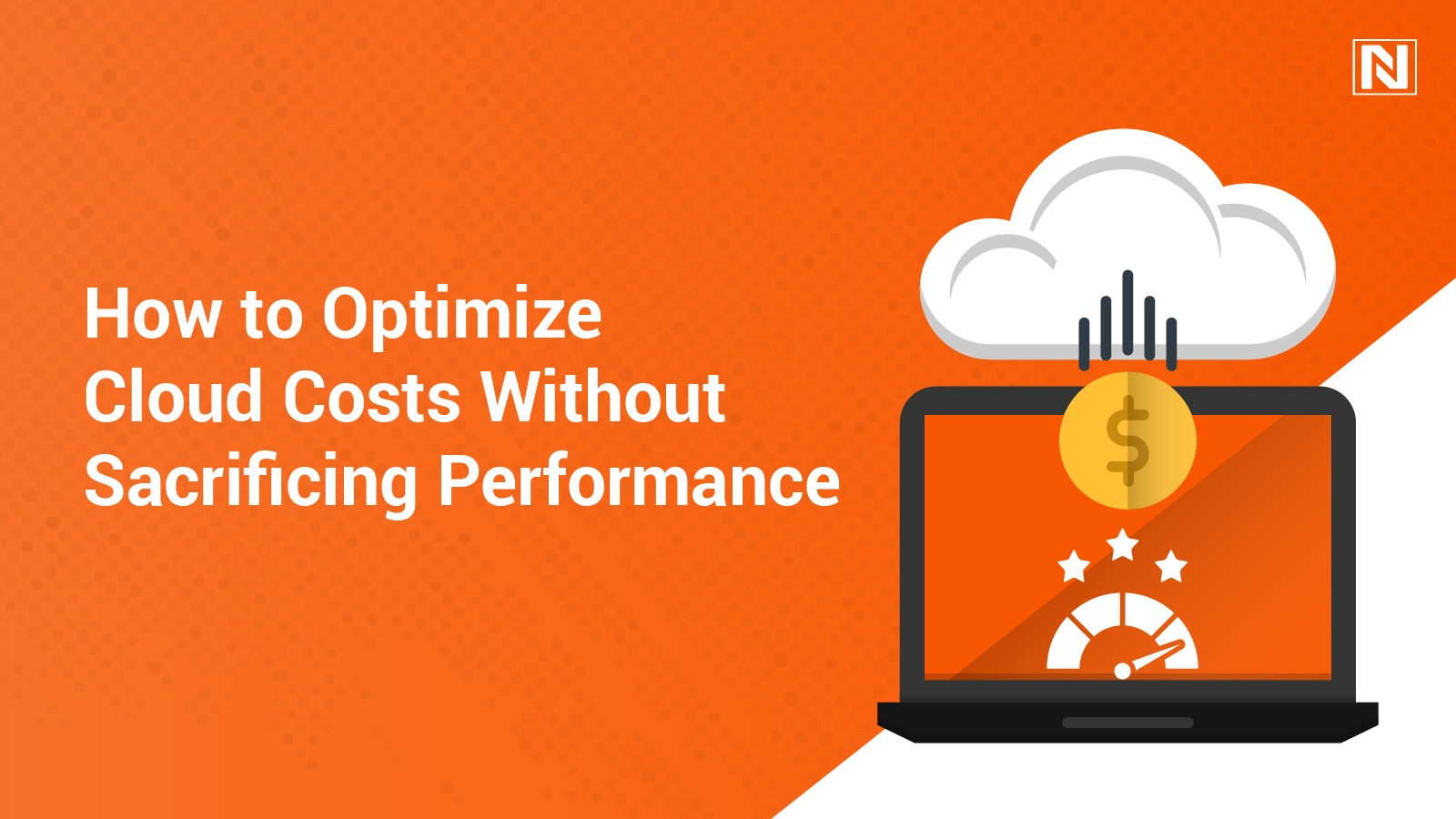
Are you tired of skyrocketing cloud bills but afraid cutting costs will slow down your systems? You’re not alone. Many businesses struggle to reduce cloud costs without compromising performance but what if you could achieve both? The secret lies in smart optimization strategies that trim waste while keeping your applications running smoothly.
In this blog, we’ll reveal proven tactics to slash expenses, right-size resources, and leverage automation all without sacrificing speed or reliability. Ready to transform your cloud spending? Let’s dive in!
Understanding Cloud Cost Optimization
Cloud cost optimization isn’t just about cutting expenses, it’s about maximizing efficiency. It involves:
- Right-sizing resources (avoiding over-provisioning)
- Leveraging discounts (reserved instances, spot instances)
- Automating cost controls (scheduling, auto-scaling)
- Monitoring and analyzing usage (identifying waste)
Let’s dive into proven strategies to achieve this.
1. Right-Sizing Your Cloud Resources
One of the biggest causes of inflated cloud bills is over-provisioning. Many companies deploy larger instances than necessary “just to be safe,” leading to wasted spend.
How to Right-Size Effectively:
1. Analyze Performance Metrics: Use tools like AWS CloudWatch, Azure Monitor, or Google Cloud Operations Suite to track CPU, memory, and storage utilization.
2. Downsize Underutilized Instances: If a server runs at 20% capacity, switch to a smaller instance type.
3. Use Auto-Scaling: Dynamically adjust resources based on demand to avoid paying for idle capacity.
Pro Tip: AWS Cost Explorer, Azure Cost Management, and Google Cloud’s Cost Tools provide insights into underused resources.
2. Leveraging Discounts: Reserved & Spot Instances
Cloud providers offer significant discounts for long-term commitments:
- Reserved Instances (AWS/Azure) / Committed Use Discounts (Google Cloud): Save up to 75% by committing to 1- or 3-year terms.
- Spot Instances (AWS) / Low-Priority VMs (Azure) / Preemptible VMs (Google Cloud): Use spare cloud capacity at up to 90% off for fault-tolerant workloads.
Best Practices:
- Use Reserved Instances for steady workloads (e.g., databases).
- Use Spot Instances for batch processing, CI/CD, and testing.
3. Automating Cost Controls
Manual cost management is inefficient. Automation ensures continuous optimization:
- Schedule Non-Production Resources: Turn off dev/test environments after hours.
- Implement Auto-Scaling: Scale down during low-traffic periods.
- Use Policy-Based Governance: Enforce tagging policies to track costs by department/project.
Tools to Consider:
- AWS: AWS Budgets, AWS Lambda for automation
- Azure: Azure Policy, Azure Automation
- Google Cloud: Cloud Scheduler, Custom Scripts
DID YOU KNOW?
The global market for cloud cost management tools was valued at USD 9.8 billion in 2024 and is expected to expand at a compound annual growth rate (CAGR) of 17.2% from 2025 to 2034.
4. Optimizing Storage Costs
Not all data needs premium storage. Strategies include:
- Tiered Storage: Move cold data to cheaper options (AWS S3 Glacier, Azure Cool Blob, Google Coldline Storage).
- Lifecycle Policies: Automatically transition or delete old files.
- Deduplication: Eliminate redundant data to save space.
5. Multi-Cloud & Hybrid Cost Optimization
If using multiple clouds, avoid vendor lock-in and compare pricing:
- Use tools like CloudHealth (VMware) or Nutanix Xi Beam for cross-cloud cost visibility.
- Consider hybrid cloud for sensitive or stable workloads.
6. Continuous Monitoring & FinOps Culture
FinOps (Cloud Financial Operations) is a cultural shift where finance, engineering, and business teams collaborate on cloud spending.
Key Steps:
- Regular Cost Reviews: Hold monthly cloud cost meetings.
- Chargeback/Showback Models: Allocate costs to departments for accountability.
- Training Teams: Educate engineers on cost-impacting decisions.
How Nirvana Lab Optimizes Cloud Costs
At Nirvana Lab, we specialize in helping enterprises streamline their cloud infrastructure for peak efficiency. Our approach combines:
- AI-driven cost analytics to identify waste.
- Custom automation scripts to enforce optimization policies.
- Expert guidance on reserved instances, right-sizing, and multi-cloud strategies.
By partnering with Nirvana Lab, businesses have reduced cloud costs by 30-50% while maintaining or even improving performance.
Final Thoughts
Cloud cost optimization is an ongoing process, not a one-time fix. By right-sizing resources, leveraging discounts, automating controls, and fostering a FinOps culture, businesses can reduce cloud costs significantly without sacrificing performance.
Whether you’re using AWS, Azure, or Google Cloud, the key is continuous monitoring and proactive adjustments. And if you need expert help, Nirvana Lab delivers cutting-edge solutions to maximize your cloud ROI.
Frequently Asked Questions
What is cloud cost optimization?
Cloud cost optimization is the process of reducing unnecessary cloud spending while maintaining performance. It involves right-sizing resources, leveraging discounts, automating controls, and monitoring usage to eliminate waste.
How can I reduce AWS costs without affecting performance?
Use AWS Cost Explorer to identify underutilized resources, switch to Reserved Instances for steady workloads, and deploy Spot Instances for fault-tolerant tasks. Auto-scaling and scheduling non-production instances also help cut costs.
What is the best way to manage Azure cloud costs?
Use Azure Cost Management to track spending, implement Azure Policy for governance, and take advantage of Reserved VM Instances. Shut down unused dev/test environments and migrate cold data to Azure Cool Blob Storage.
How does FinOps help in cloud cost management?
FinOps (Financial Operations) brings finance, engineering, and business teams together to align cloud spending with business goals. It promotes accountability through chargeback models and continuous cost monitoring.
How does Nirvana Lab assist in cloud cost optimization?
Nirvana Lab provides AI-driven cost analytics, custom automation scripts, and expert guidance to help businesses reduce cloud costs by 30-50% while maintaining performance. Their solutions cover AWS, Azure, and Google Cloud.
